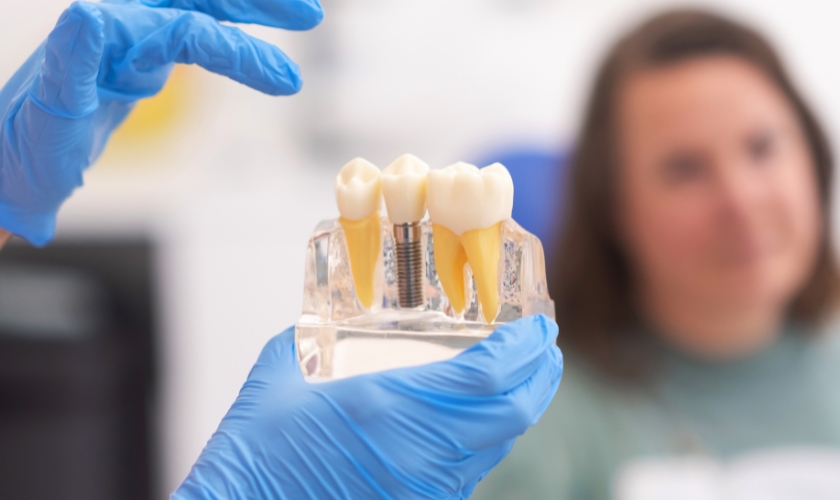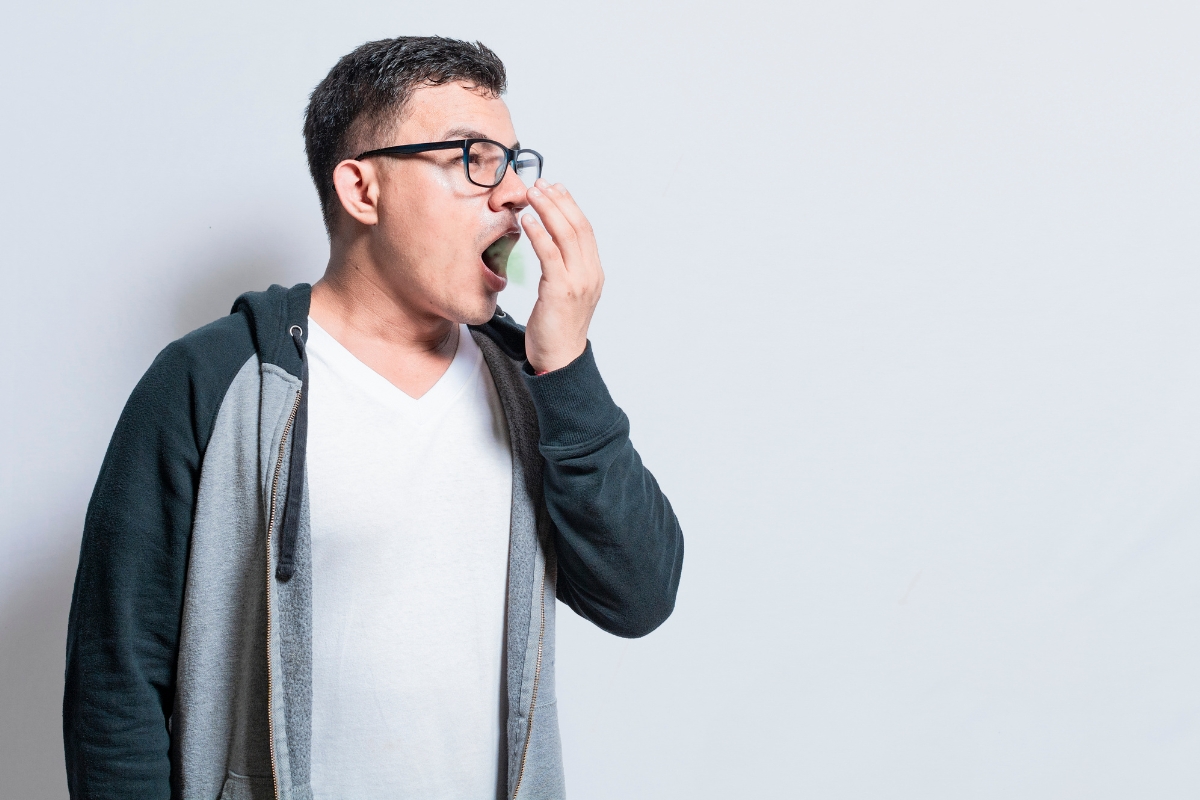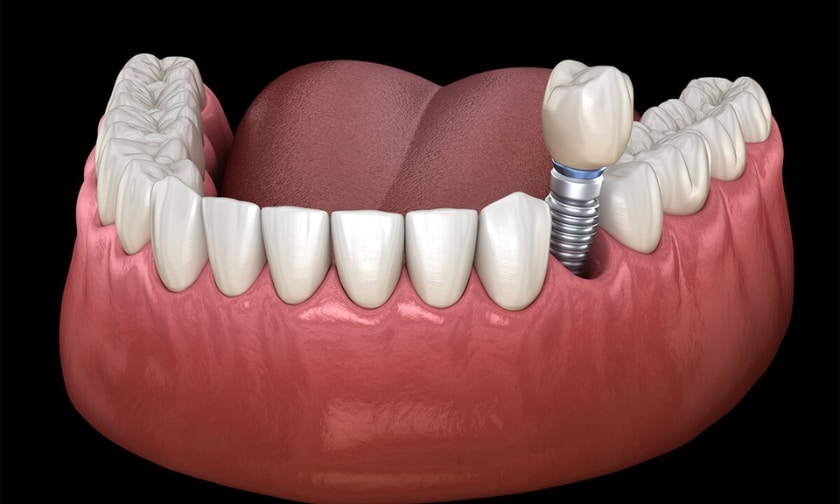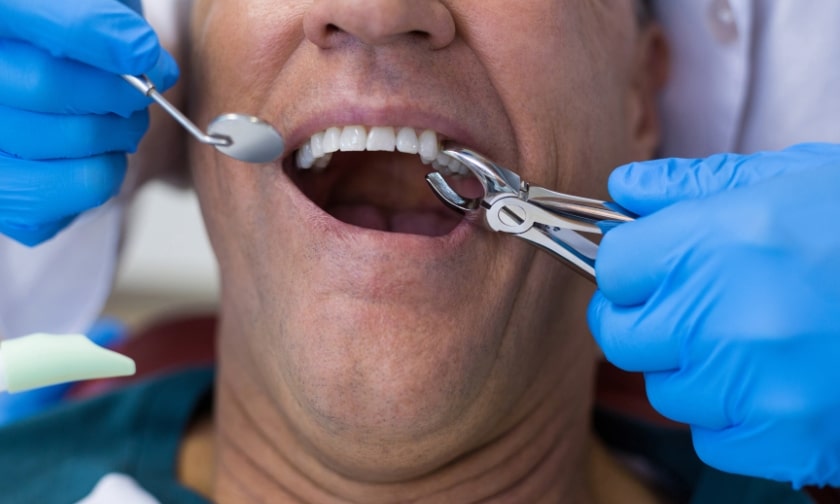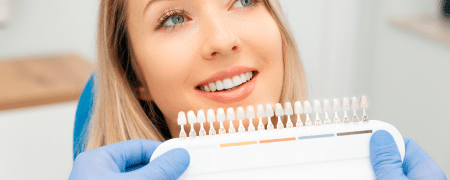Thanksgiving is a time for indulging in delicious food, enjoying the company of family and friends, and savoring your favorite dishes. From savory stuffing to sweet pumpkin pie, the holiday spread offers many temptations. However, while you’re enjoying the feast, there’s one thing you might overlook—the impact of certain foods and drinks on your teeth and oral care.
Those vibrant cranberry sauces and rich red wines may wreak havoc on your smile without realizing it. Unfortunately, stains from these foods can linger long after the festivities.
In this blog, we’ll explore the top Thanksgiving stain culprits for your teeth and share practical tips for combating these stains and keeping your smile bright. You can enjoy all your holiday favorites with a few simple tricks while maintaining good oral care.
The Culprits: Foods and Drinks that Stain Teeth
Sugary Foods and Desserts
Sweet treats like pumpkin pie, pecan pie, and apple cake are essential to the Thanksgiving experience. Unfortunately, sugar is one of the main culprits for tooth stains. Not only does sugar contribute to plaque build-up, but it also fuels bacteria that cause tooth decay.
When you indulge in sugary desserts, the sugar interacts with the bacteria in your mouth, creating acids that erode your enamel. This weakens the tooth's surface, making it more susceptible to stains over time.
Cranberry Sauce
Cranberries, especially in the form of cranberry sauce, are another major stain culprit. The deep red color of cranberries can leave noticeable stains on your teeth. But it's not just the color; cranberries are acidic, which can wear down tooth enamel.
As the enamel weakens, your teeth become more prone to discoloration from other foods and drinks throughout the day.
Coffee and Tea
Both beverages can contribute to tooth staining, whether you're sipping on a warm cup of coffee or tea to start your holiday morning. Coffee and tea are high in tannins, plant compounds that can leave dark pigments on your teeth. These stains can be tough to remove, especially if consumed regularly.
While you might not think of coffee as a stain culprit during Thanksgiving, it’s often consumed alongside breakfast or dessert and can stick to your enamel easily.
Red Wine
Red wine is notorious for staining teeth due to its dark pigments, acidity, and tannins. As with coffee and tea, red wine can quickly discolor your enamel. It's especially problematic during
Thanksgiving, as it pairs perfectly with many traditional dishes. If you enjoy a glass or two during your meal, it's important to take extra care with your oral care afterward.
Gravy and Dark Sauces
Thanksgiving meals include gravy, dark turkey sauces, and rich, deep-colored condiments. These sauces, while delicious, contain dark pigments that can coat your teeth and lead to stains.
If the gravy or sauce is acidic, it can also contribute to enamel erosion, which, over time, may make it harder to keep your teeth bright and clean.
Berries
Berries like blueberries, blackberries, and strawberries are common during Thanksgiving, whether fresh or in desserts. These fruits are rich in antioxidants but also contain powerful natural pigments that can stain teeth.
If you don’t wash your teeth after eating berries, these pigments can settle into the tiny crevices of your enamel and create stubborn stains.
Other Foods to Be Mindful Of
While the foods listed above are the biggest offenders, other Thanksgiving foods like soy sauce, curries, and beets can also cause staining. These foods are rich in dark pigments and can leave a lasting mark on your teeth if you're not careful.
Be mindful of these potential stain culprits, and try to rinse your mouth or brush after eating them.
How Stains Form: Understanding the Process
Enamel and Stains
The outer layer of teeth is called enamel, the hardest substance in your body. However, enamel can become porous over time, making it more susceptible to stains from foods and drinks.
When foods with dark pigments or acids come into contact with your enamel, they can penetrate and leave stains. The more acidic a food or drink is, the more it weakens enamel, allowing pigments to settle deeper into the surface.
How Do Foods and Drinks Affect Teeth?
Acidic foods and drinks like cranberry sauce, citrus, and red wine can wear down enamel, which is crucial for protecting your teeth. As enamel wears away, teeth become more porous and prone to staining.
In contrast, foods with dark pigments (like coffee, berries, and soy sauce) can adhere to the surface of the enamel, causing surface stains that are visible even after a short period. Protecting your enamel and maintaining a good oral care routine is essential to avoid these issues.
How to Combat Stains: Tips for Keeping Teeth Clean and Bright
Brush and Floss After Meals
One of the best ways to prevent stains from settling into your enamel is to brush and floss right after your Thanksgiving meal. Brushing removes food particles, while flossing helps you reach those hard-to-clean areas between teeth. This quick step can prevent stains from setting in.
Use a Straw
Drinking beverages like coffee, tea, and red wine through a straw can reduce these liquids' contact with your teeth. This simple trick helps minimize staining by limiting the exposure of your enamel to dark pigments and acids. Using a straw might seem odd if you’re at a holiday party, but it’s a great way to protect your smile.
Drink Water Between Bites
Drinking water between bites helps rinse away food particles and neutralize acids in your mouth. This is especially helpful after consuming acidic foods like cranberry sauce or beverages like red wine. Plus, staying hydrated throughout your meal promotes good oral care by encouraging saliva production, which helps wash away food debris.
Chewing Sugar-Free Gum
After a big meal, chewing sugar-free gum can stimulate saliva flow, which naturally helps clean teeth. Saliva neutralizes acids and helps clear away food particles, reducing the risk of staining. Choose gum with xylitol, which can also help prevent cavities.
Whitening Toothpaste
Using a whitening toothpaste with gentle abrasives can help remove surface stains and keep your teeth looking bright. Make sure to brush twice daily, especially after consuming stain-causing foods. Whitening toothpaste also helps prevent plaque build-up, another contributor to staining.
Avoiding or Moderating Certain Foods
If you’re concerned about stains, consider moderating your intake of staining foods like coffee, red wine, or cranberry sauce. For example, you can try white wine or a lighter-colored version of cranberry sauce. If you still want to indulge, just take extra care with your oral care afterward.
Home Remedies to Whiten Teeth After Thanksgiving
Baking Soda and Hydrogen Peroxide
A gentle home remedy for whitening teeth involves mixing baking soda and hydrogen peroxide to create a paste. Apply the paste to your teeth and brush gently for a few minutes. This mixture can help lift surface stains without damaging your enamel. However, use this remedy sparingly to avoid overuse, which can irritate your gums.
Activated Charcoal
Activated charcoal is another natural remedy for whitening teeth. It works by absorbing toxins and pigments on the surface of your teeth. To use activated charcoal, dampen your toothbrush and dip it into powdered charcoal. Brush your teeth gently for a few minutes, then rinse thoroughly.
Apple Cider Vinegar (With Caution)
Apple cider vinegar can be a mild stain remover due to its acidic nature. However, it's important to use it cautiously, as its acidity can erode enamel over time. Dilute the vinegar with water, and don’t use it frequently. Always rinse your mouth with water afterward to minimize damage.
Professional Treatments to Consider
Teeth Whitening Options
Professional whitening treatments might be the solution if home remedies aren’t enough to brighten your smile. In-office whitening treatments offer the quickest and most effective results, with dramatic improvements after just one session. Alternatively, at-home whitening kits your dentist recommends can provide gradual results over several weeks.
Regular Check-ups
Regular dental check-ups are crucial even if you take excellent care of your teeth at home. Dentists can perform professional cleanings that remove surface stains, plaque, and tartar build-up that can’t be removed through regular brushing. Regular visits help maintain good oral care and a brighter, healthier smile.
Thanksgiving is a time to indulge in delicious foods, but it’s important to consider how they affect your smile. Sugary desserts, cranberry sauce, coffee, and red wine are some culprits that can stain your teeth. However, with some simple oral care practices—like brushing after meals, using a straw, and drinking water—you can combat stains and protect your enamel.
Enjoy your meal to the fullest this Thanksgiving, but be mindful of your oral care. If you’re concerned about stains, schedule an appointment with our dentists for a professional cleaning and advice on keeping your smile bright. Your teeth will thank you!

